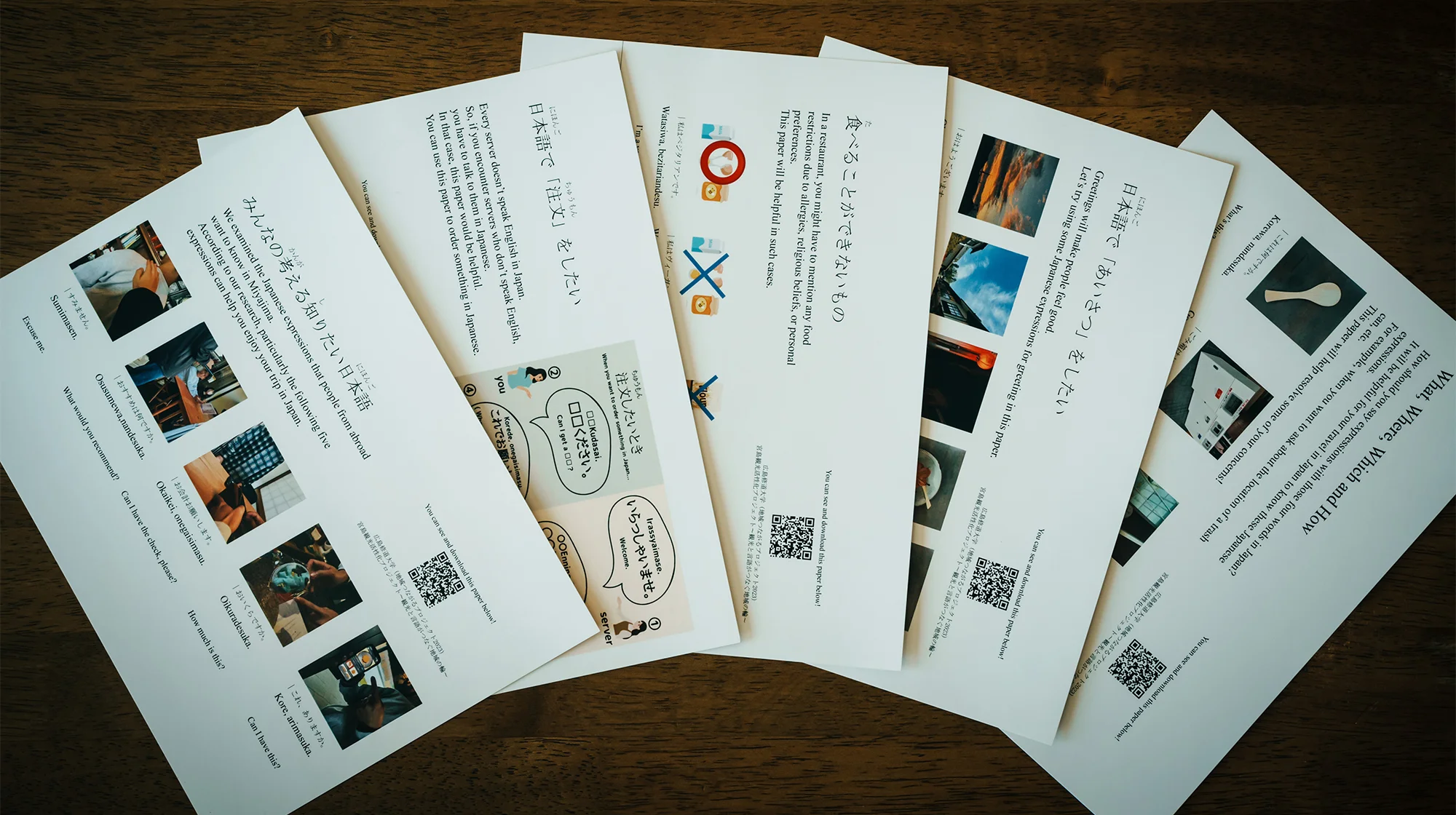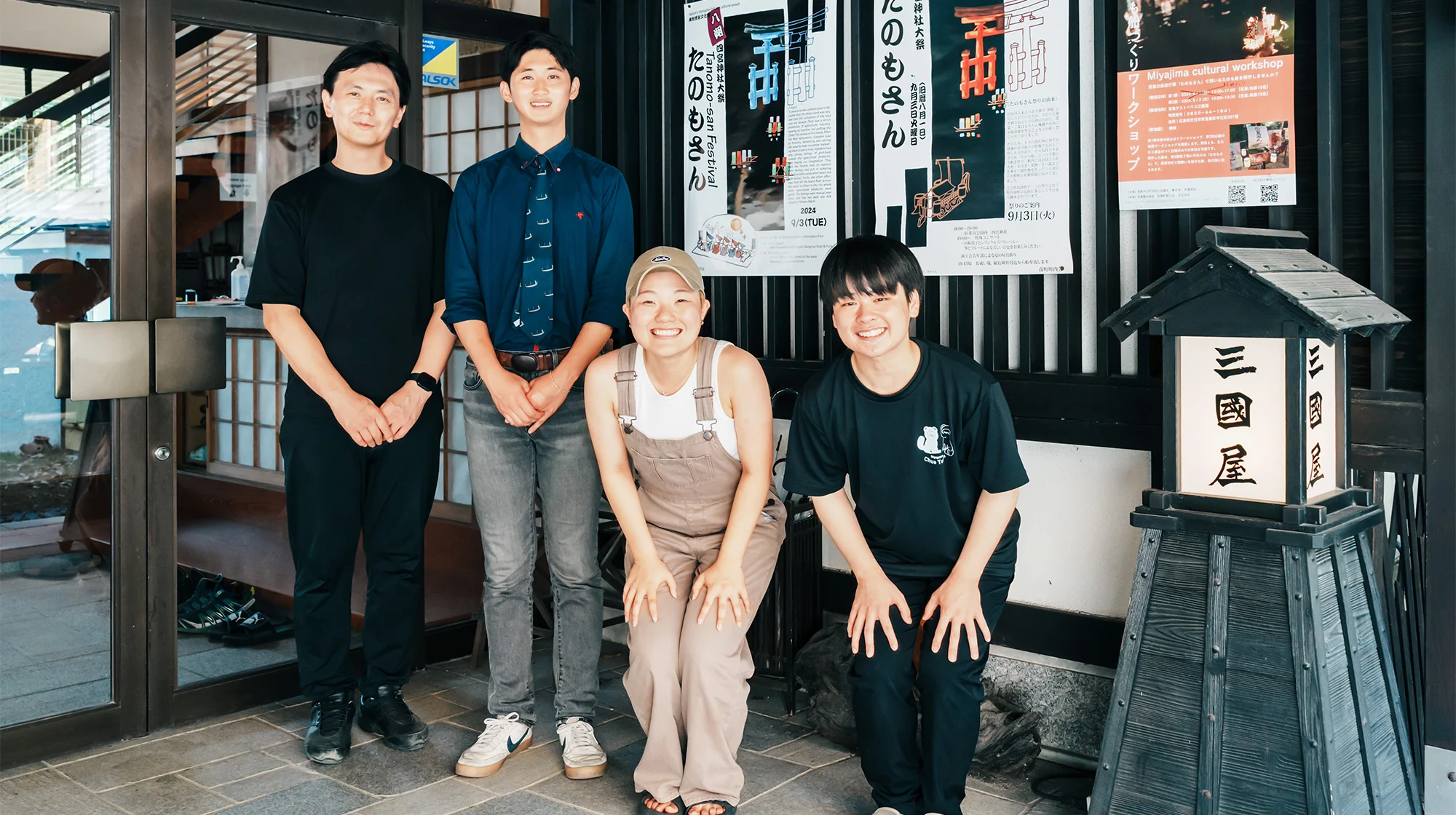Create a place where Miyajima residents
and tourists can connect deeply.
While the number of tourists is increasing, Miyajima faces issues including an aging and decreasing population, and initiatives for community revitalization are being carried out throughout the island. One such initiative is the "Chue-machi Revitalization Project." Based in the guesthouse "Mikuniya," students in Hiroshima take the lead to carry out activities here. We spoke to members preparing for a workshop at the "Tanomosan Festival," which is held on August 1 by the old calendar.
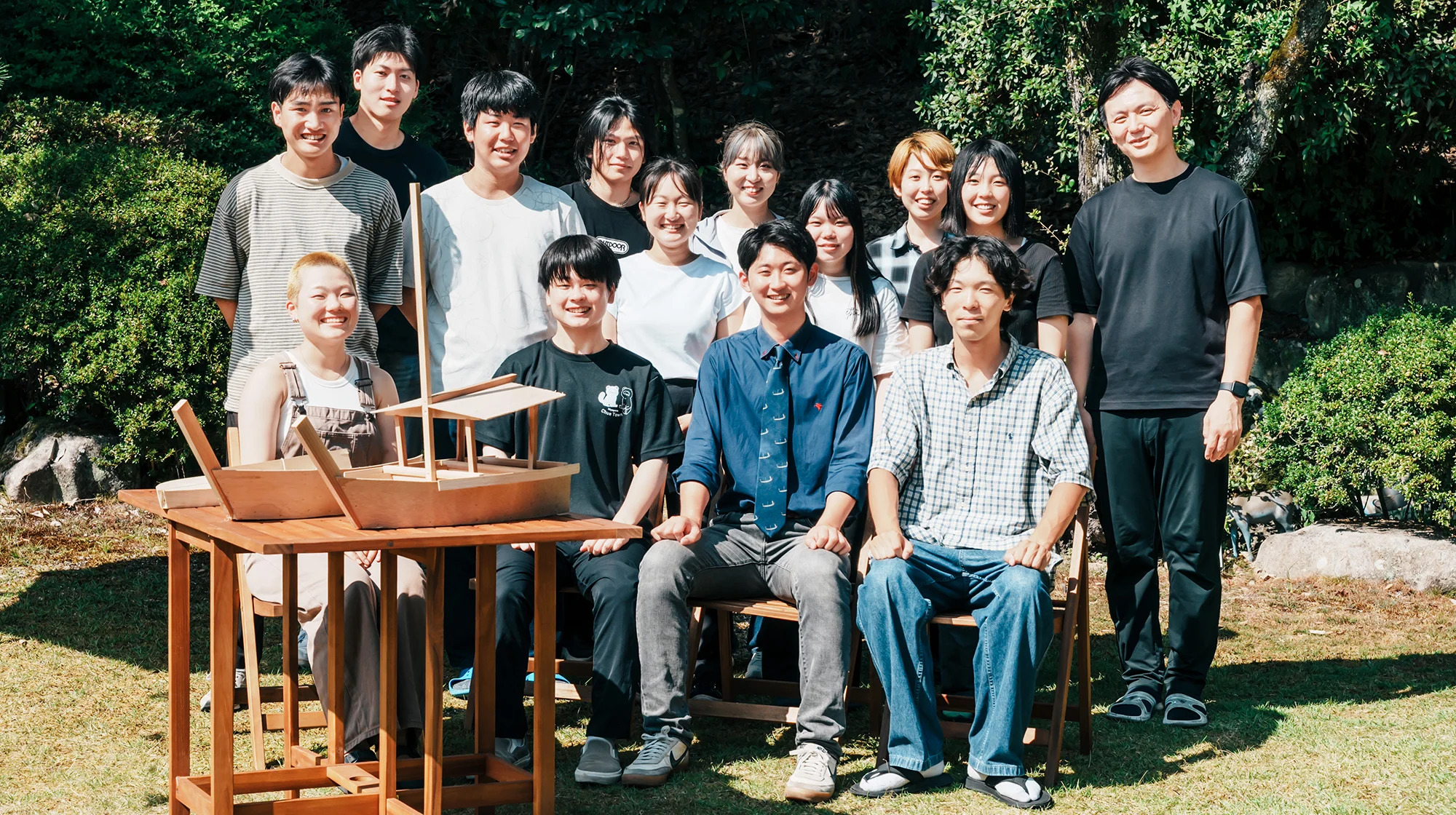
Matching tourists with traditional events.
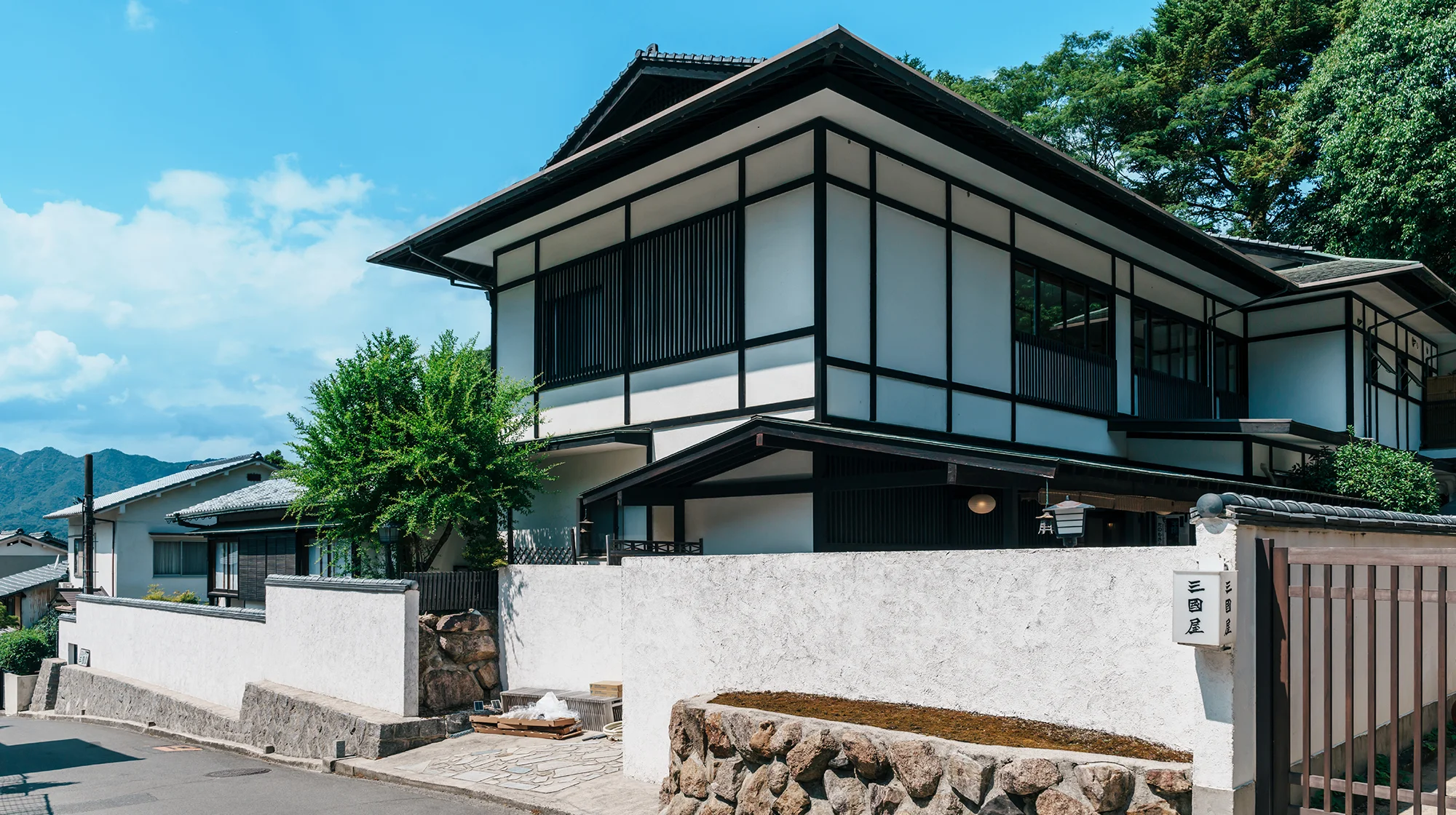
The Chue-machi area is located to the south of Itsukushima Shrine. The sloping road that stretches toward the mountain is called Yanagikoji Alley, and it is dotted with restaurants and lodging facilities. Its calm cityscape offers a strikingly different atmosphere from Omotesando Shopping Arcade. Here, in Chue-machi, Mr. Junya Terazawa manages the guesthouse "Mikuniya." In 2021, when the number of visitors to Miyajima dropped dramatically due to the COVID-19 pandemic, he directed his efforts toward his interest in community activities.
"Mikuniya is located in Chue-machi, but members of the local community virtually never came here. I wanted to create a place where local residents and tourists could casually interact with one another to restore the vibrancy here as well."
This led to him connecting with associates in Chue-machi as well as students to hold the "Chue-MARCHE." Local residents were also very happy and told him they were looking forward to the next event.
Last year, as a new initiative aiming to create an interactive night activity as well as to pass on local culture, they held a "Chinka-sai pine torch-making workshop." With support from many local residents, the event was praised by participants from outside of Miyajima.
"I feel that Miyajima has many resources which are not made full use of. These include the seasonal events. While we are facing issues such as a lack of supporters and the difficulty in continuing the events, the visitors who stay at Mikuniya look forward very much to encountering the traditional events unique to Miyajima. They find great value in interacting with local residents and gaining a view into the everyday life of the community. I believe that if we can properly match the intentions of island residents who have protected the culture and tradition so far with the interests of tourists, it will lead to a re-evaluation of the events on Miyajima and community revitalization."
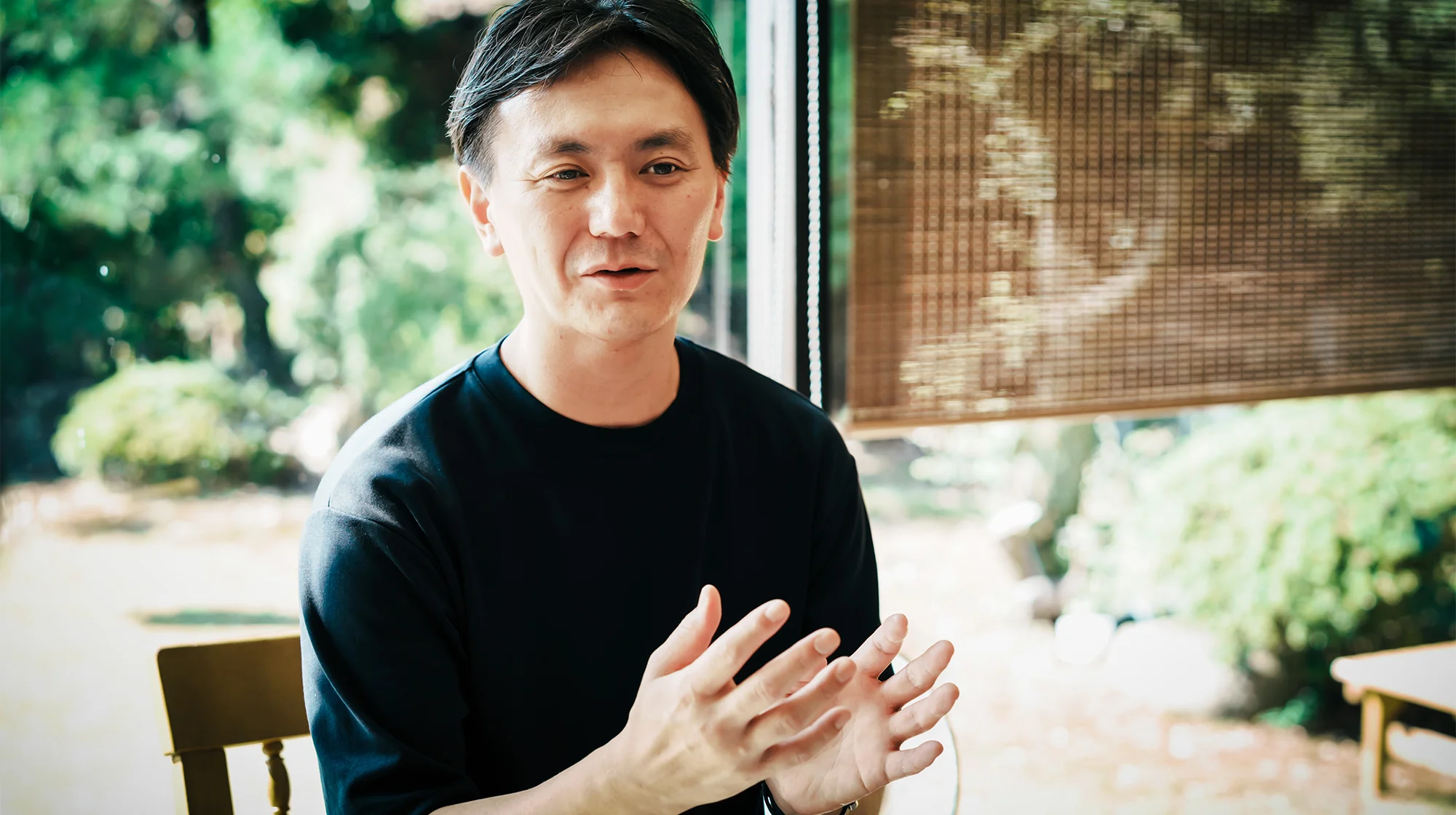
"I hope to continue these activities, with help from not only the students but also other organizations."
New tricks for events conceived by students.
Located next to Chue-machi, Minami-machi has an annual festival called "Tanomosan*," where participants pray for the safe growth of their children, safety for their families, bountiful grain harvests, and the like. To match the timing of this festival, the "Chue-machi Revitalization Project" planned a "Tanomobune boat-making workshop." Even on the day of our interview a few weeks before the event, students from four universities in Hiroshima Prefecture gathered to prepare, working up a sweat.
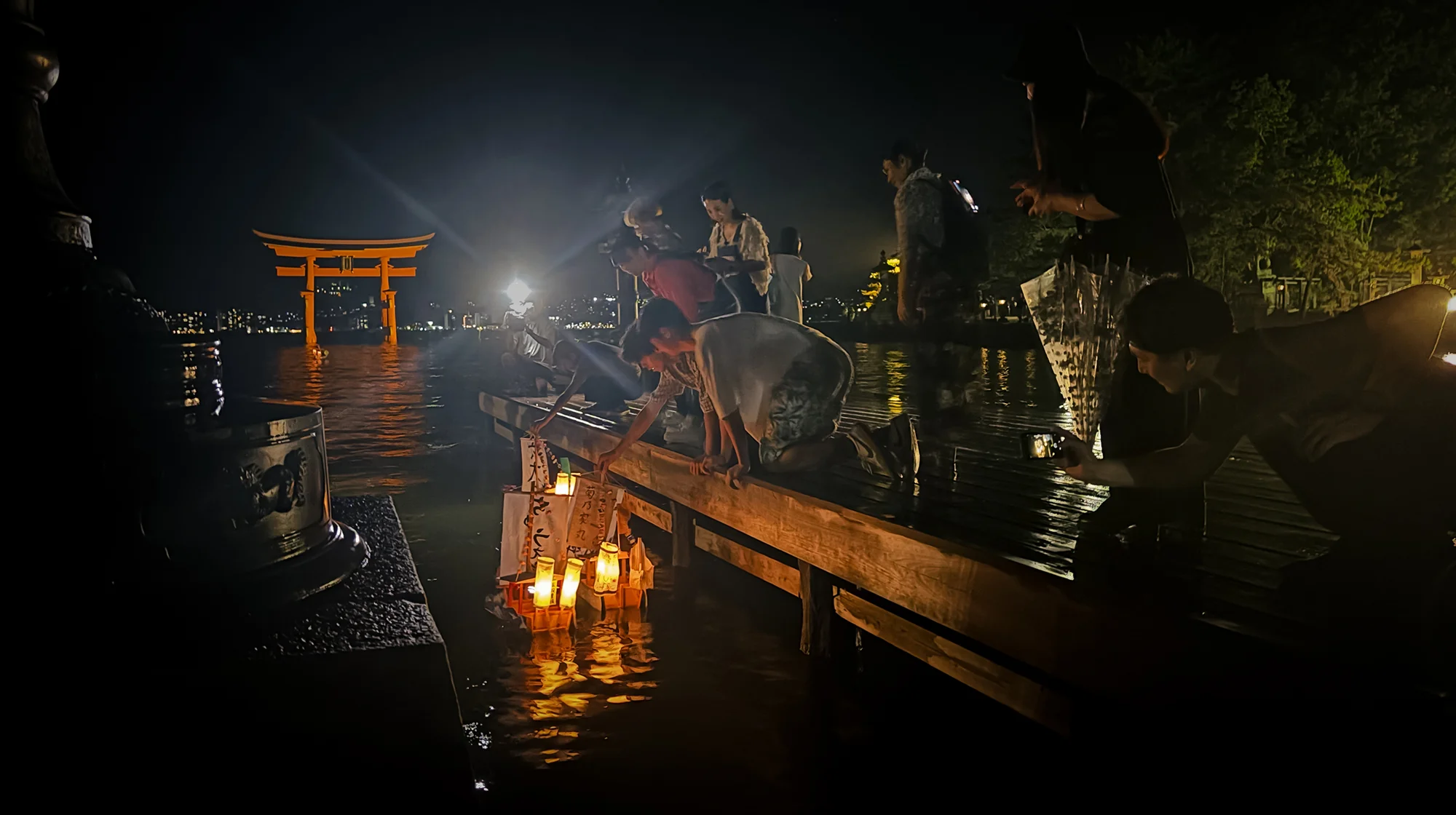
*Tanomosan
A festival held on August 1 by the old calendar at Shinomiya Shrine, a smaller shrine belonging to Itsukushima Shrine. Because the entire island itself was believed to be sacred, agriculture was prohibited on Miyajima. For that reason, island residents felt very thankful for agricultural produce. In the "Tanomosan" festival, small, handmade "Tanomobune" boats are floated to the opposite shore as an expression of that appreciation. People put items, such as a doll made of rice dumplings for each member of their family, on the boats. In 2009, it was designated as an "intangible cultural property requiring measures such as creation of records" by the Agency for Cultural Affairs.
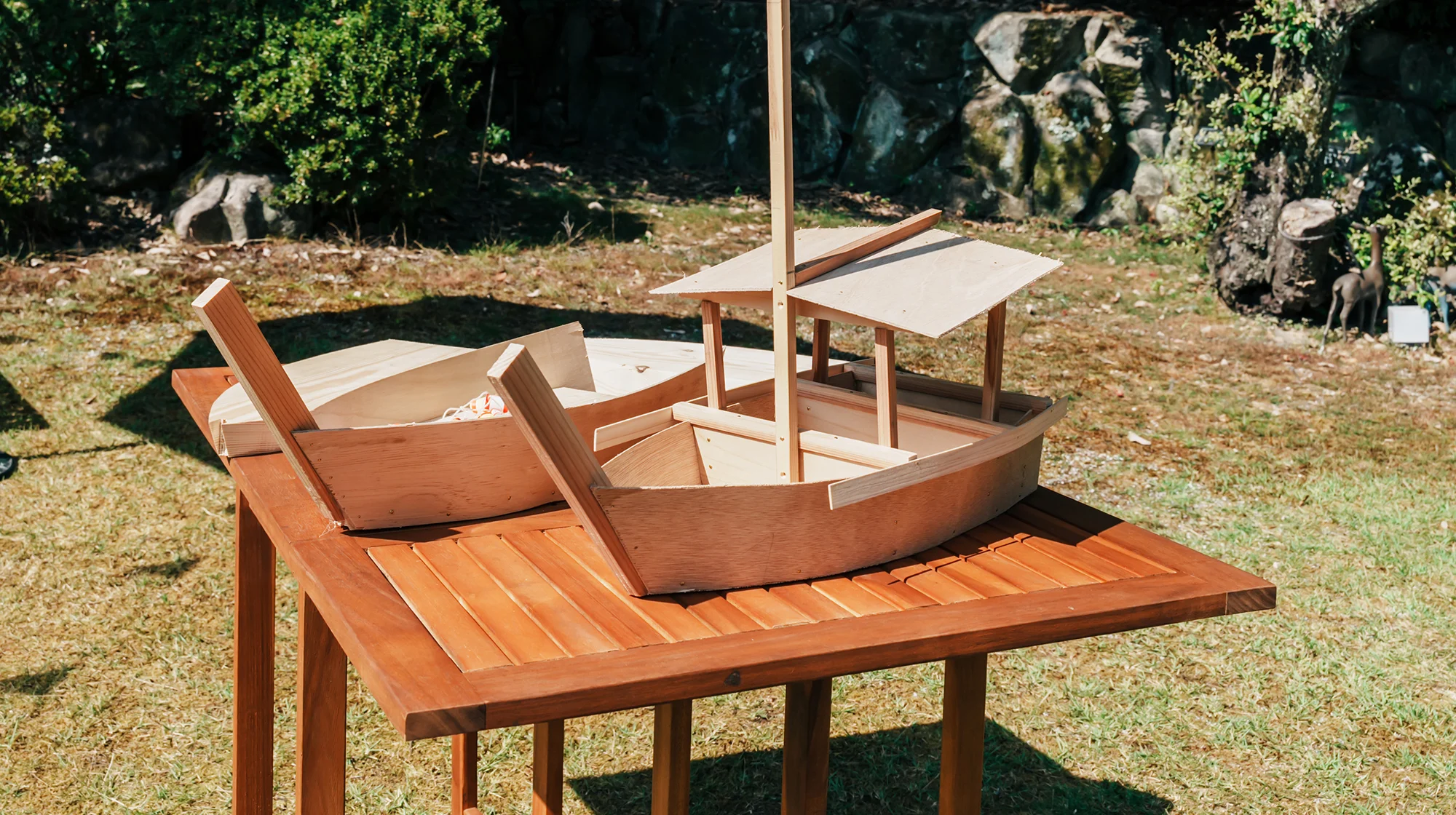
The leader is Mr. Naoshi Goto from Hiroshima Shudo University, who was told about the activities in Chue-machi by his seminar professor and has been participating from the start. He had been involved in creating a free newspaper for foreigners using "easy Japanese" as well as the operation of markets and more. Mr. Tatsuya Kishi, from the same university, serves as sub-leader. He learned about Mikuniya through a lesson on Miyajima tour guides and sent a DM via Instagram. He joined the activities after being invited by Mr. Goto. Ms. Hinako Sugiura from Eikei University of Hiroshima became a member after an internship at Mikuniya. All three members say that they were interested in community revitalization and interaction with foreigners as an extension of their major fields of study.
In the "Tanomobune boat-making workshop," which will be the first event held under the leadership of the students, they will guide participants, helping them assemble and decorate the "Tanomobune" boats. After the workshop, they plan to have a purification ceremony for the boats and then float them into the night sea off of Miyajima.
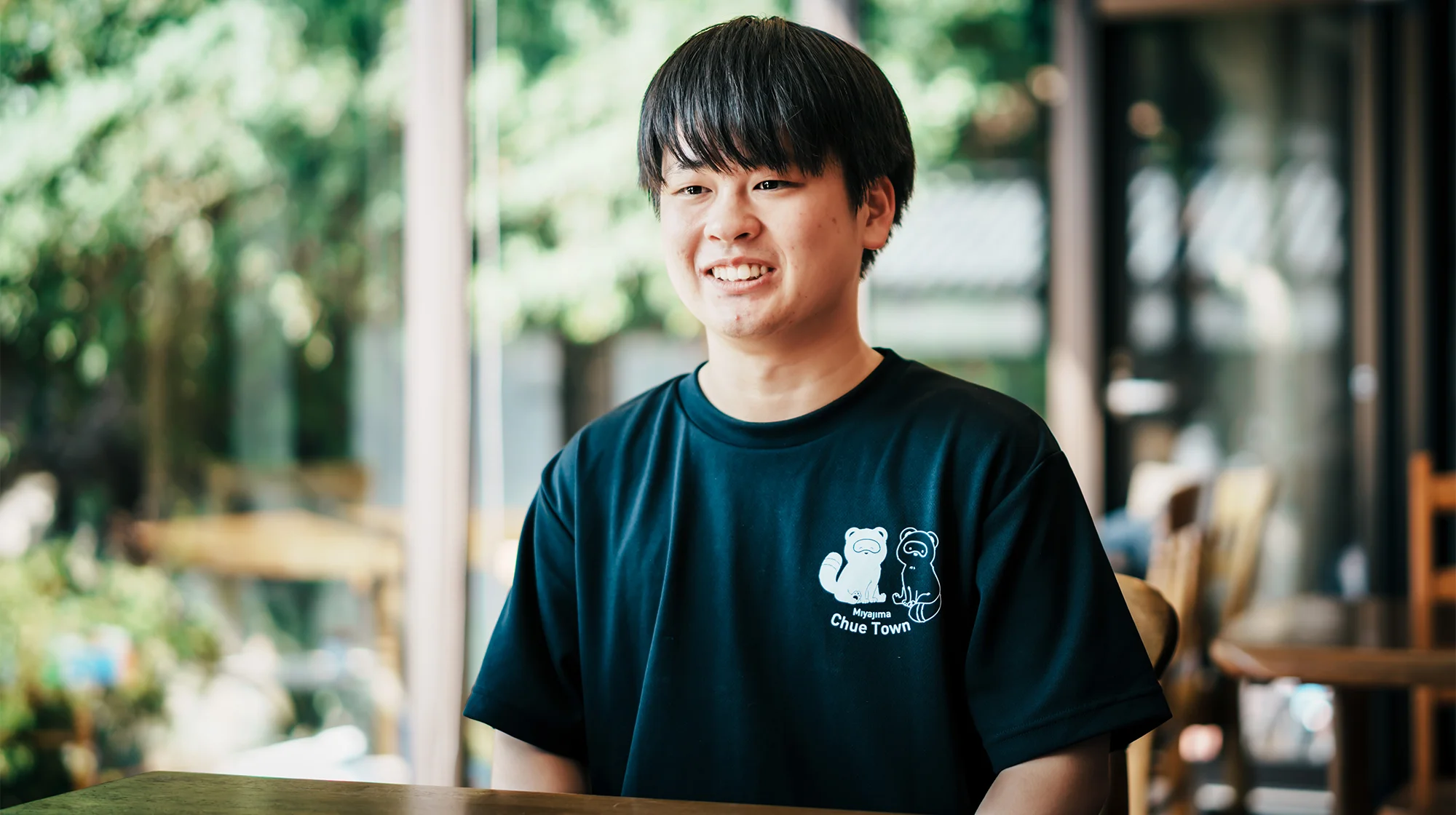
"I want to make Chue-machi almost as vibrant as Omotesando Shopping Arcade and Machiya Street."
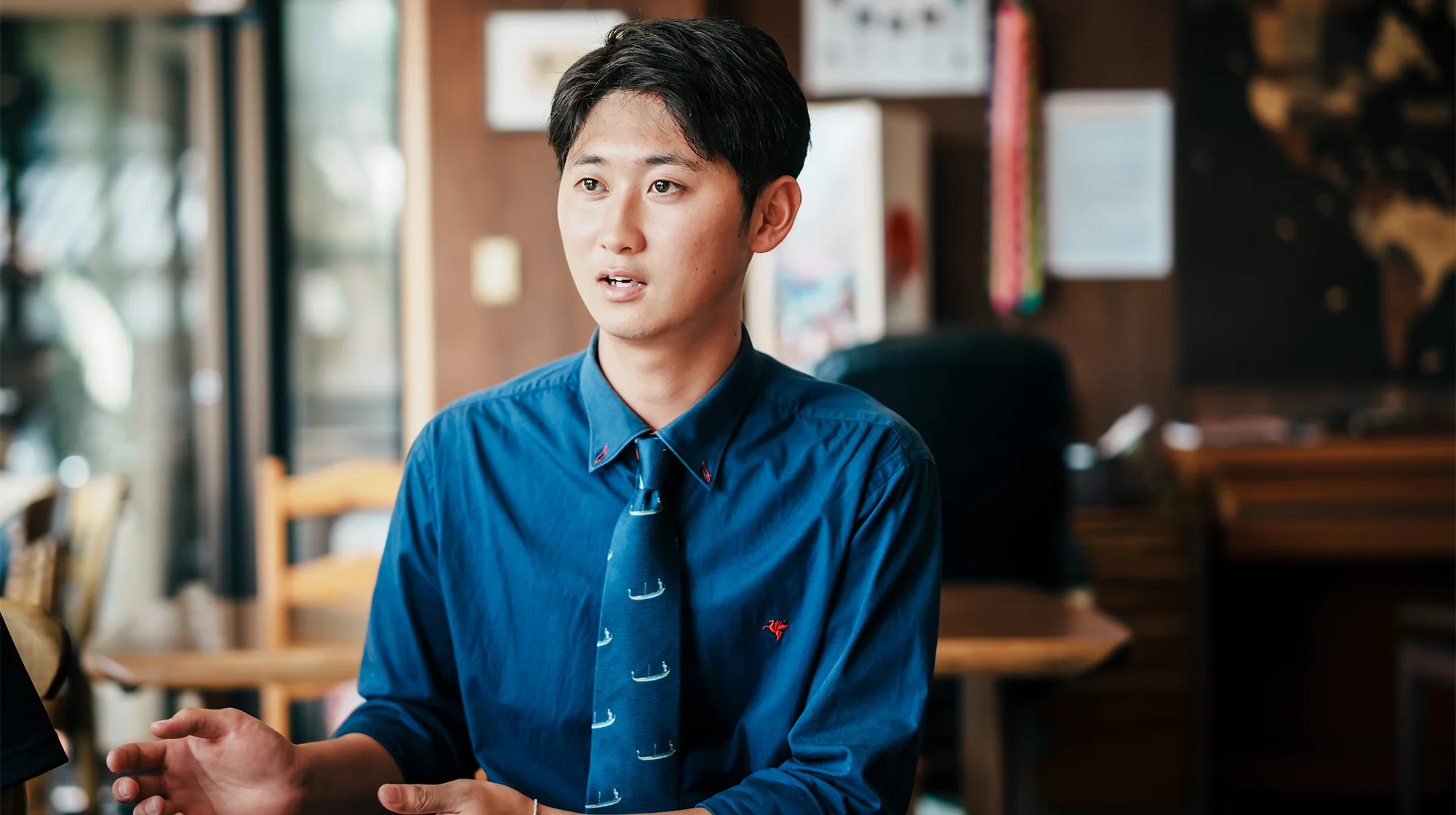
"After coming here many times, I have come to sense a 'Japanese harmony' here on Miyajima."
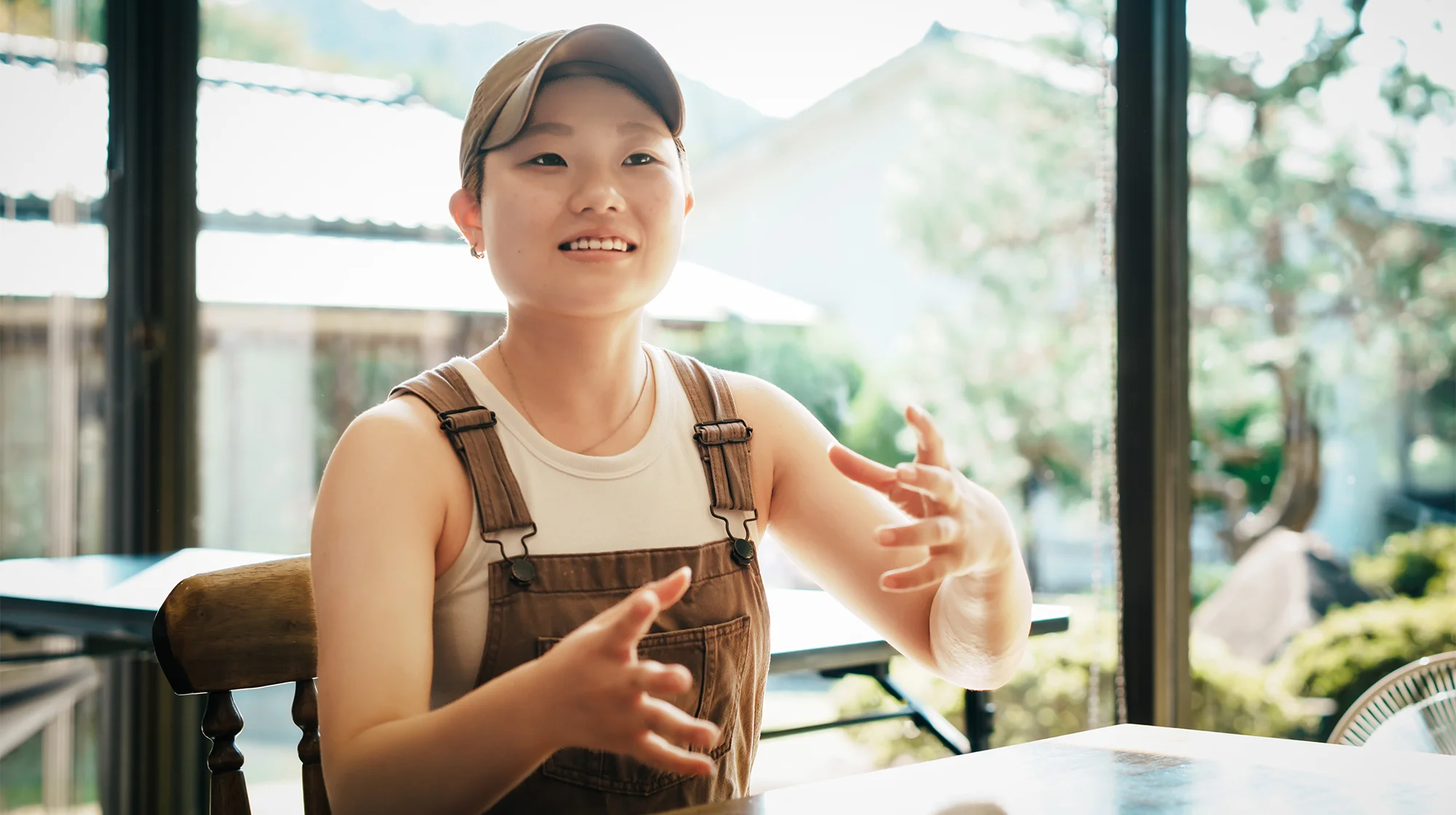
Finding the appealing points in Chue-machi
and using them as clues for revitalization.
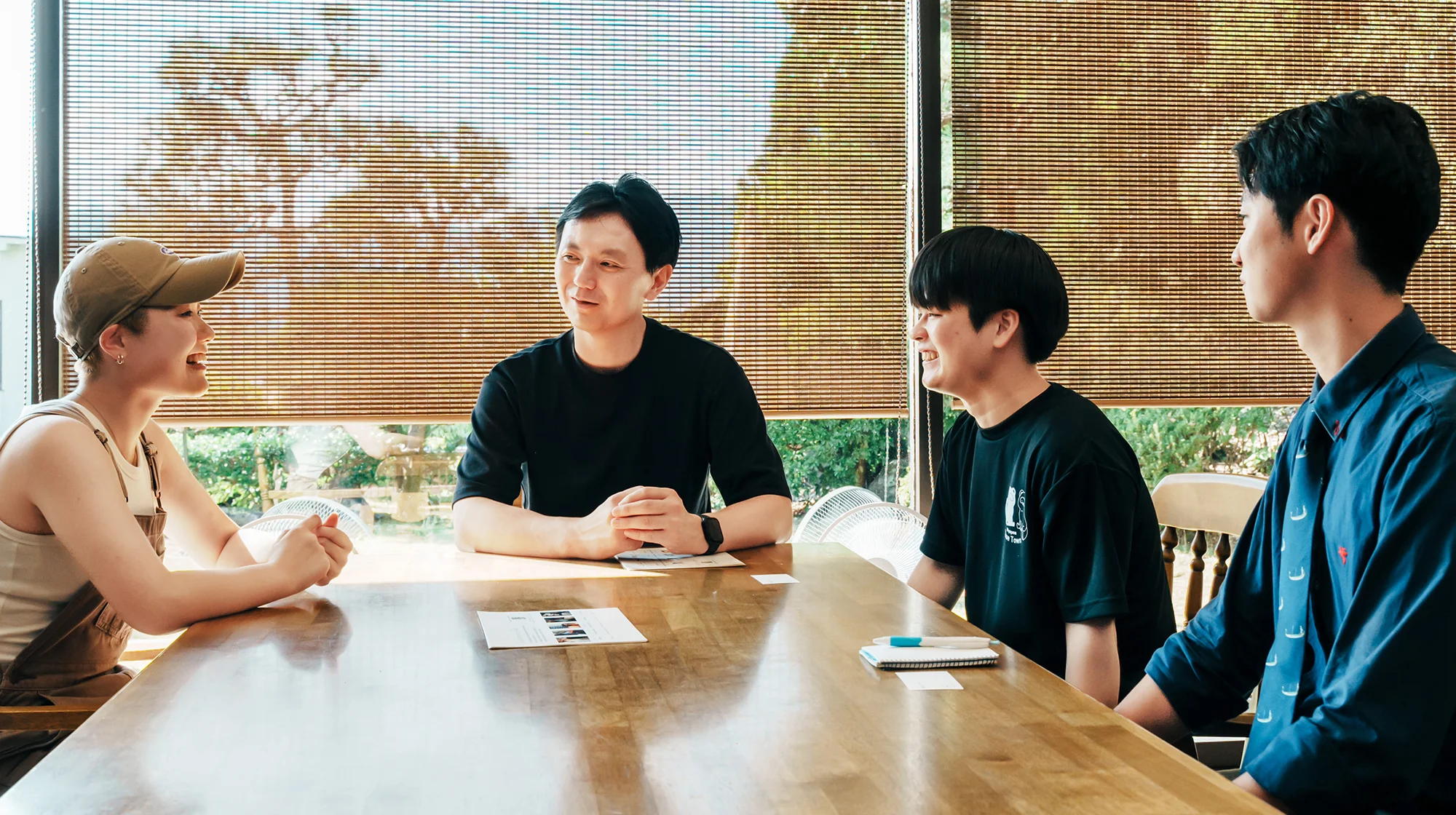
These three people were born and raised in Hatsukaichi City or Hiroshima City, so Miyajima felt familiar to them as a tourism site before joining the project. "I had been here often with family or friends from school, but we rarely spoke with anybody other than the souvenir shop staff. However, through these activities, I have learned about the depth of the traditional culture on Miyajima," says Ms. Sugiura. For example, despite the advancing depopulation, local residents universally feel a strong desire to keep the events and culture going. In creating "Tanomobune" boats, Mr. Kishi received instructions from a craftsperson inheriting Miyajima woodturning techniques. He told us, "I really felt how the traditional methods are being kept alive, and how much attention is given to details."
Mr. Goto says he thinks about this tourism site that represents Hiroshima from the perspective of considering what is necessary to help tourists enjoy Miyajima as much as possible. The best part of Chue-machi, the project's base, is the warmth of people. To convey that appeal, he says he wants to create more opportunities for local people and tourists to connect on a slightly deeper level.
"I want to involve students from other universities as well as to promote activities with an academic perspective across universities and faculties. I want to make Chue-machi into a place that gains a reputation among students for providing various new encounters and experiences unavailable elsewhere through these activities," says Mr. Terazawa.
The efforts undertaken by students will surely provide great support for Miyajima in the future.
